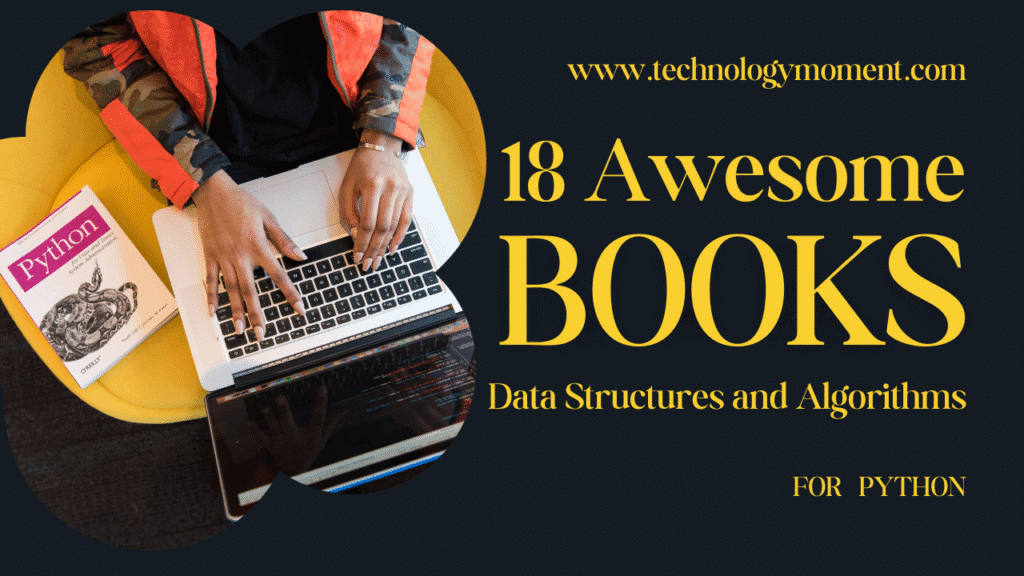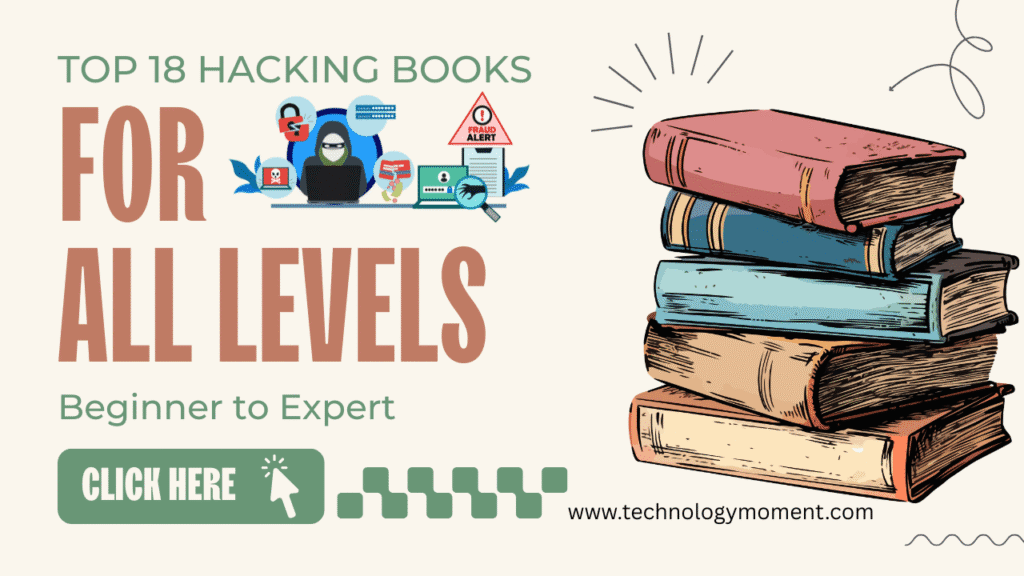Welcome to Technology Moment — where tech meets clarity and curiosity. We believe in learning that lasts, and what better way to grow than with a solid book in your hands? In this blog, we’ve carefully curated a list of 18 must-read cloud computing books, categorized by skill level — from beginner basics to expert specializations. These reads aren’t just informative; they’re practical, insightful, and tailored to help you build a robust foundation or refine your existing cloud skills. So grab your favorite reading spot and let’s explore the ultimate bookshelf for cloud enthusiasts — one chapter at a time.
What are Cloud Computing Books?
Imagine having a powerful computer that you can access anytime, from anywhere, without actually owning it. That’s the essence of cloud computing. Instead of storing files on your local device or running software on your personal computer, you’re using the internet to access data centers filled with high-performance machines.

These companies offer everything from:
- Storage services (like Google Drive or Dropbox),
- Processing power (to run applications or large computations),
- Databases, and even
- Artificial Intelligence tools.
The magic? Whether you’re building an app, analyzing data, or just watching Netflix, it’s all running on the cloud.
Why Reading Books Still Matters in the Cloud Era
Okay, we live in a fast-paced world where info comes at us in tweets, reels, and short videos. So why go “old-school” with books?
Here’s why:
- Books go deep. They don’t just skim the surface—they explain why something works, not just how.
- Books are curated knowledge. You’re getting years of real-world experience and research packed into a single volume.
- Books help you think. You slow down, reflect, and retain more.
And in the cloud space, where tech is always changing, having a strong foundation from well-written books can set you apart from those just watching 5-minute YouTube tutorials.
Table of Contents
Beginner Level
Why Beginners Should Start with the Basics
Starting cloud computing without learning the fundamentals is like trying to build a house without a foundation—it’s just not going to hold up.
As a beginner, you want to:
- Understand key terminology (like IaaS, PaaS, SaaS),
- Grasp how cloud models work (public, private, hybrid),
- Recognize the major players in the industry,
- And learn how cloud architecture fits together.
This stage is all about building comfort. You don’t need to know how to configure Kubernetes clusters just yet—just focus on the big picture.
Top 3 Beginner Books
Thomas Erl “Cloud Computing: Concepts, Technology & Architecture”
This book is a classic. It walks you through the core concepts of cloud computing with clarity. Erl breaks down complicated ideas into easy-to-understand analogies—perfect for those just starting.
You’ll learn:
- How cloud service models work,
- The anatomy of cloud solutions,
- Key technologies that power cloud systems.
If you’re the kind of person who likes to understand something before diving in, this is your book.
Ray J. Rafaels “Cloud Computing: From Beginning to End”
True to its name, this book is a guided tour from the very basics to intermediate concepts. It covers the evolution of cloud, benefits for businesses, and real-world implementation tips.
Why it’s awesome for beginners:
- It’s written in a very straightforward, conversational tone.
- You get insights into both tech and business sides.
- Each chapter builds on the last—great for structured learning.
Rajkumar Buyya “Cloud Computing: Principles and Paradigms”
This one is slightly more technical than the first two, but still beginner-friendly. It’s ideal for people with a bit of a tech background who want a more academic yet accessible take on cloud computing.
Highlights include:
- Comparison of cloud platforms,
- Case studies from different industries,
- Introduction to cloud programming models.
Perfect if you’re looking to transition into a cloud-related job and want something thorough yet readable.
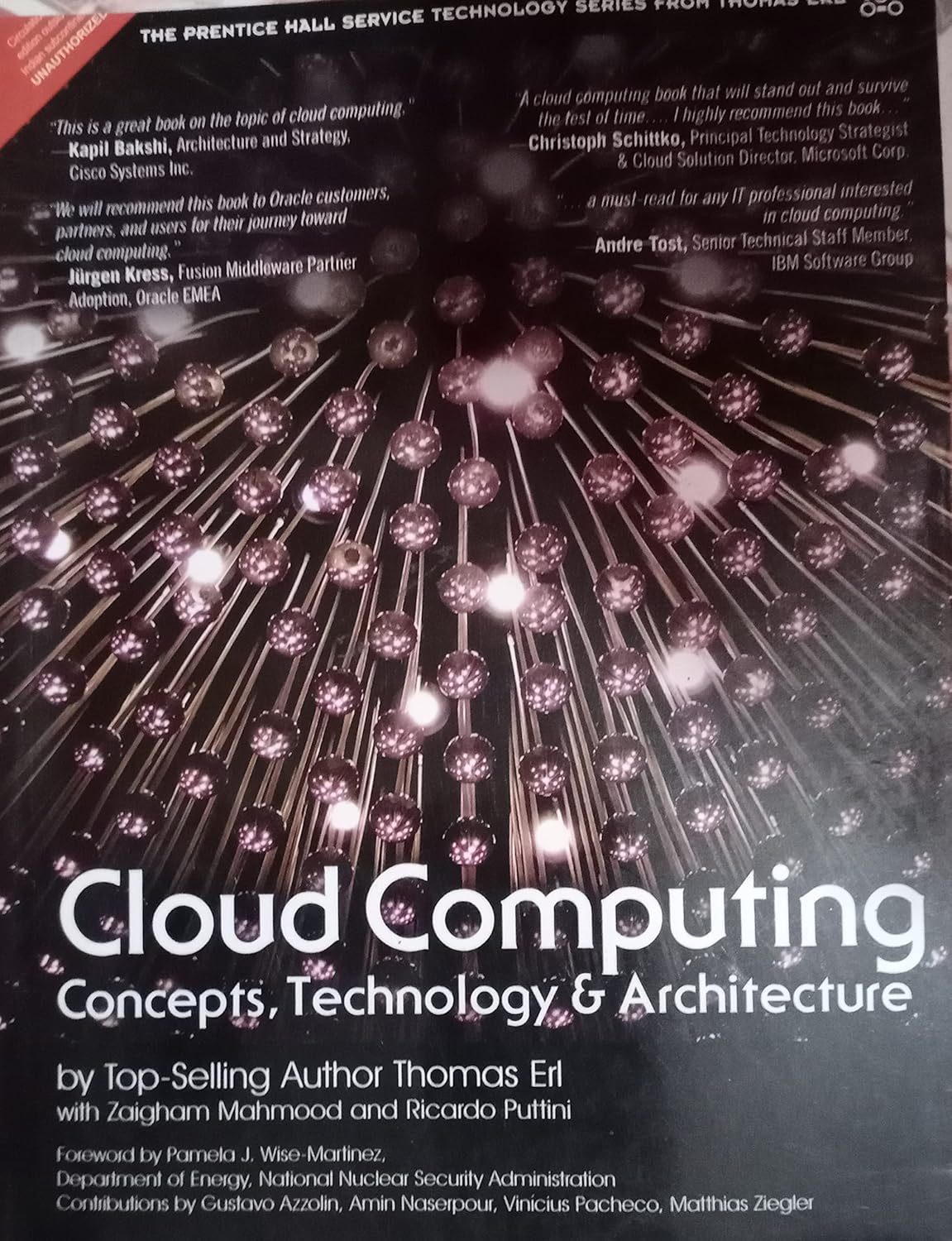
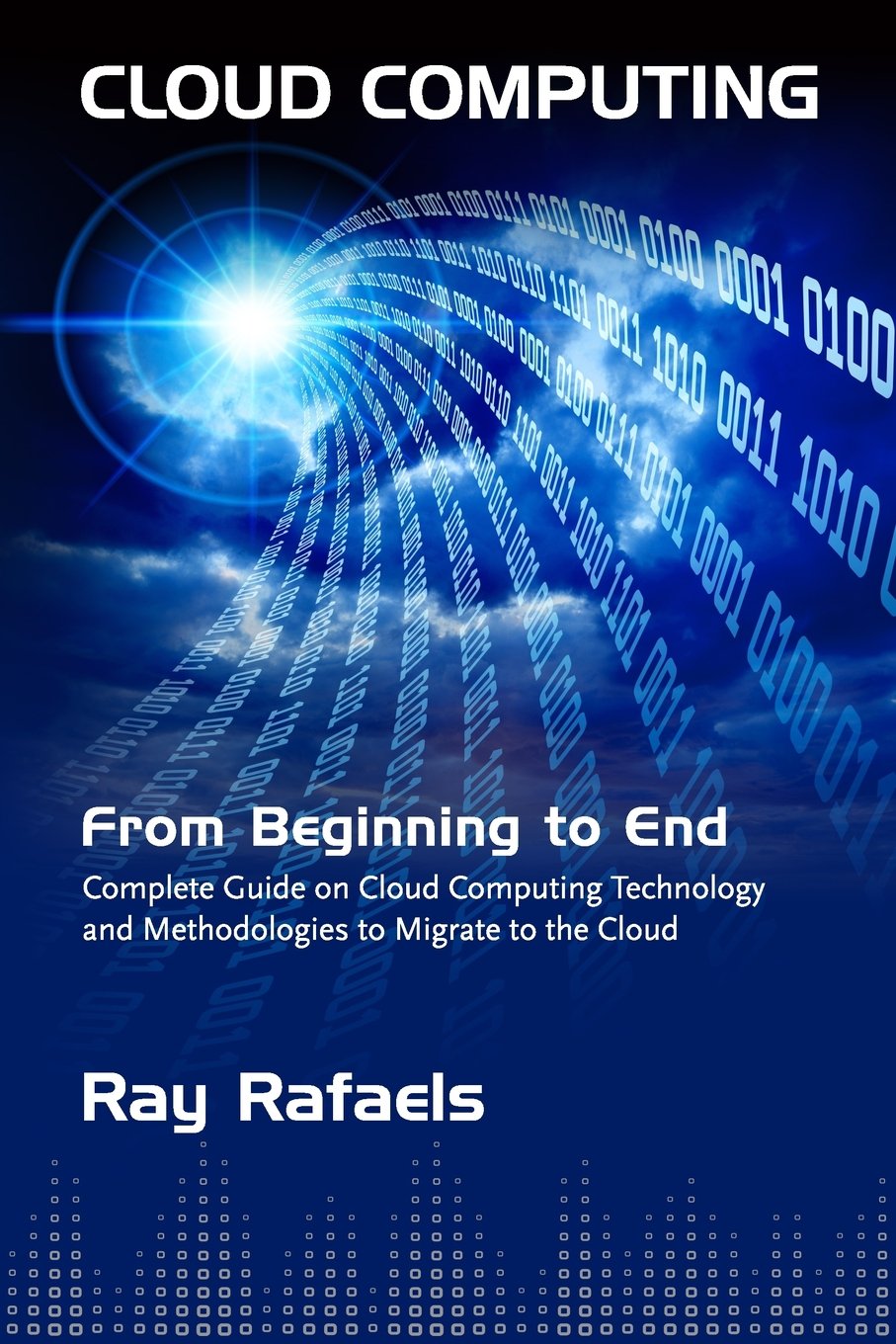

Foundation Level
Building a Strong Knowledge Base
Alright, so you’ve got the basics down. Now what?
The foundation level is where things start to click. You’re not just learning what cloud computing is—you’re learning how to apply it. You’ll start thinking in terms of:
- Cost models and ROI (why businesses choose one platform over another),
- Security and performance considerations (because the cloud isn’t perfect).
This level helps you connect the technical side of the cloud to the business impact it has, which is crucial whether you’re a future developer, architect, or decision-maker.
Top 3 Foundation Books
“Cloudonomics” by Joe Weinman
This book is like the economics class you never knew you needed—but enjoy. Weinman dives into the financial side of cloud computing, helping you understand how to:
- Analyze cloud ROI,
- Optimize cost structures,
- And strategically use cloud resources.
It’s not just for finance folks—developers, engineers, and managers will all benefit from learning the “why” behind cloud decisions.
“Architecting the Cloud” by Michael J. Kavis
This one is a practical gem. It shows you how to design cloud systems the right way.
Key takeaways:
- Real-world architecture strategies,
- How to avoid common pitfalls,
It’s written by a veteran cloud architect, so you’re learning from someone who’s seen it all—and made the mistakes so you don’t have to.
“Cloud Computing Bible” by Barrie Sosinsky
A bit of a catch-all guide, this book is like having a cloud computing encyclopedia on your shelf. It offers a broad overview of:
- Technologies that enable cloud systems,
- Vendor-specific insights (like AWS vs. Azure),
- Tools for developing and managing cloud applications.
Perfect if you want a solid reference book to keep handy while learning or working.
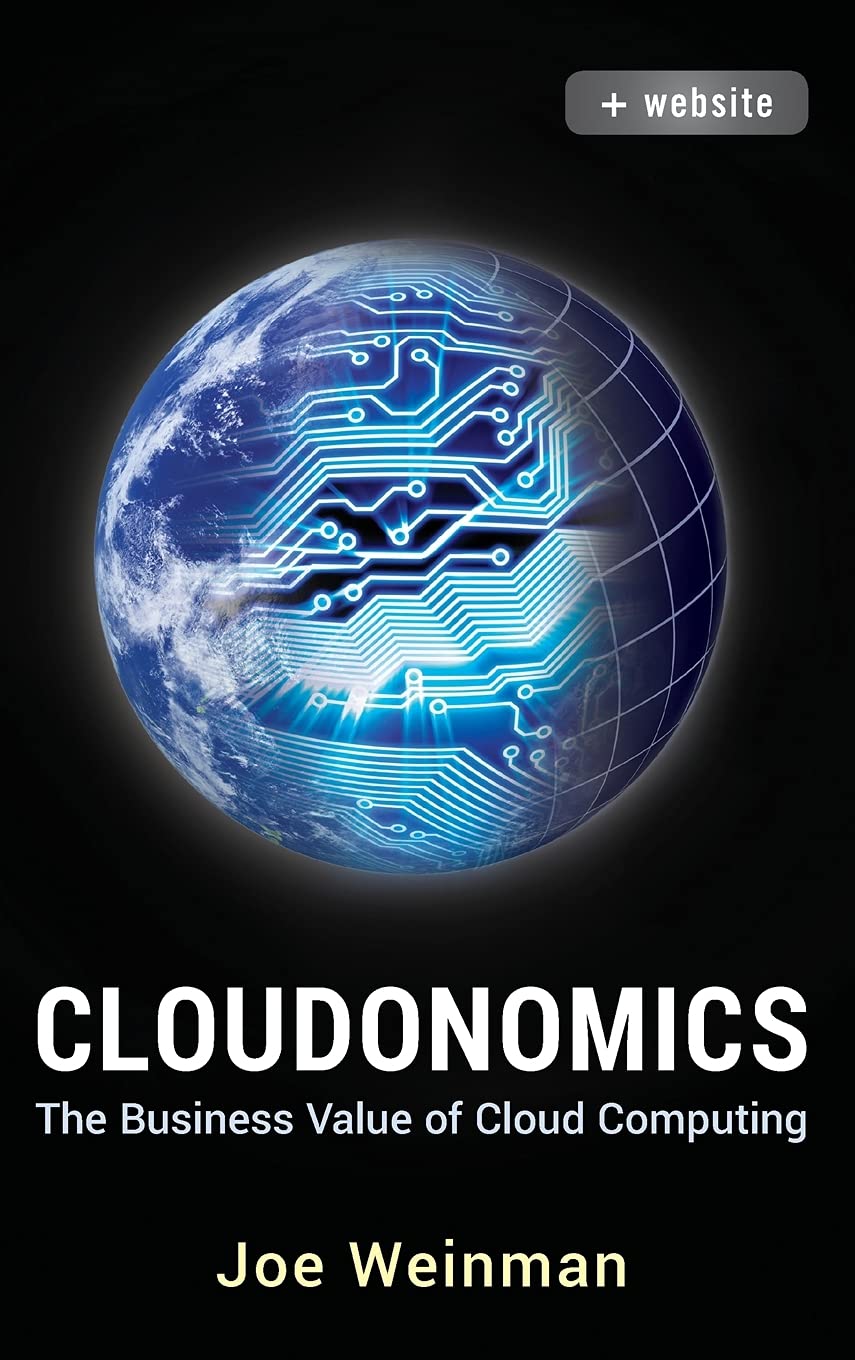
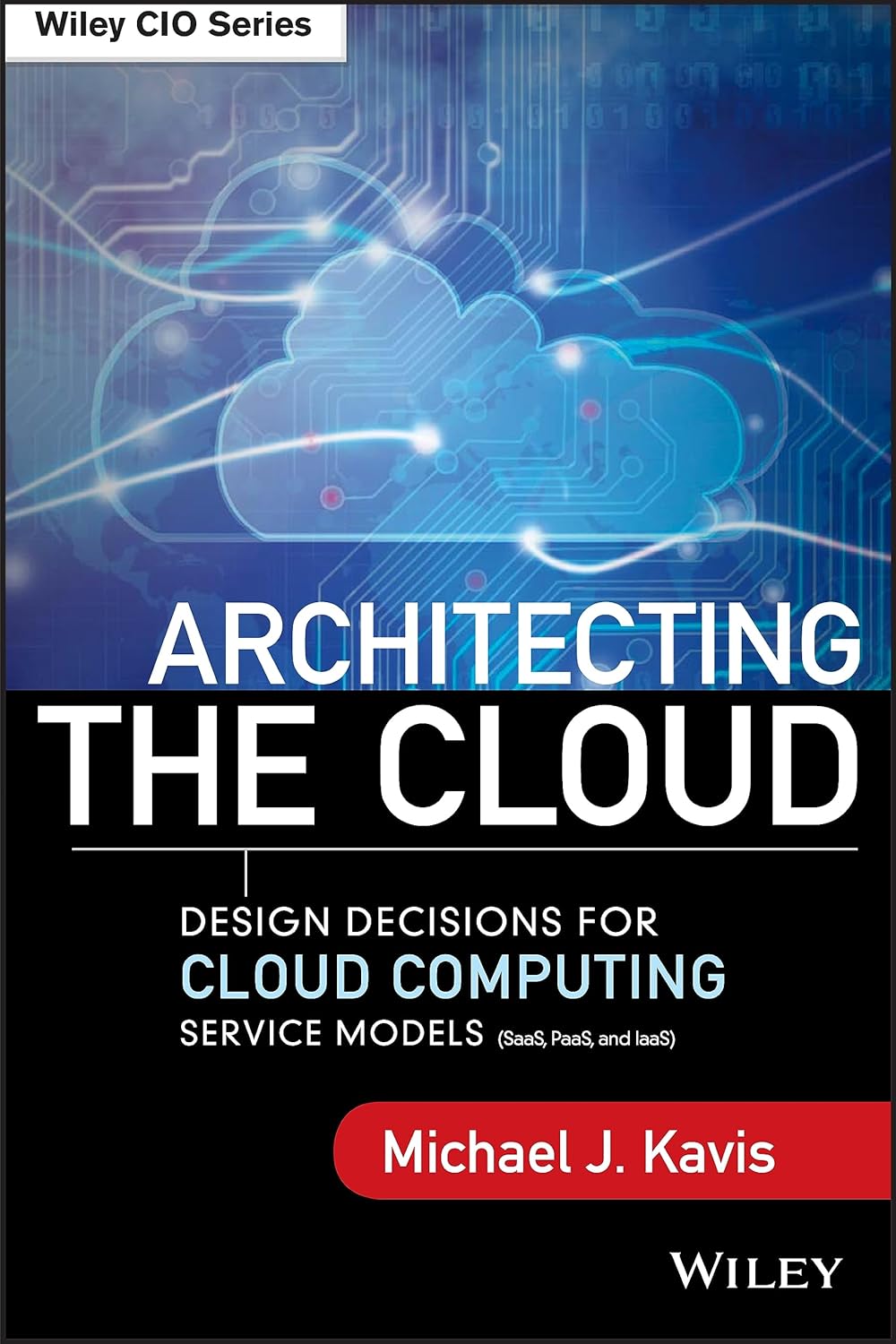

Intermediate Level
Transitioning to Deeper Technical Understanding
So, you’ve got the basics down—now it’s time to get your hands dirty. The Intermediate Level is where you move beyond “what is cloud computing” and start tackling the how. You’ll begin working with real platforms, understanding infrastructure, and managing workflows. Think of it as moving from learning how to drive to actually navigating traffic.
Top 3 Intermediate Books
“Designing Data-Intensive Applications” by Martin Kleppmann
This book is a goldmine for developers and architects. It explains how to handle huge amounts of data using distributed systems and covers concepts like data models, storage engines, replication, and scalability. While not purely focused on cloud, it’s essential because cloud-based systems thrive on data.
Best For: Engineers looking to build cloud-native apps with solid back-end design.
Cloud Native DevOps with Kubernetes
This book introduces Kubernetes, the cloud-native platform for orchestrating containers. You’ll learn how to manage infrastructure like code, automate deployments, and monitor systems effectively.
Best For: Developers and system admins aiming to implement CI/CD pipelines and run scalable services.
The Phoenix Project
This one’s unique—it’s written as a novel. But don’t be fooled—it’s packed with real-life lessons about IT operations, DevOps, and business transformation. It helps you think strategically and understand the big picture of how cloud fits into business goals.
Best For: Tech leads, managers, and DevOps pros who need to understand both technical and business sides.
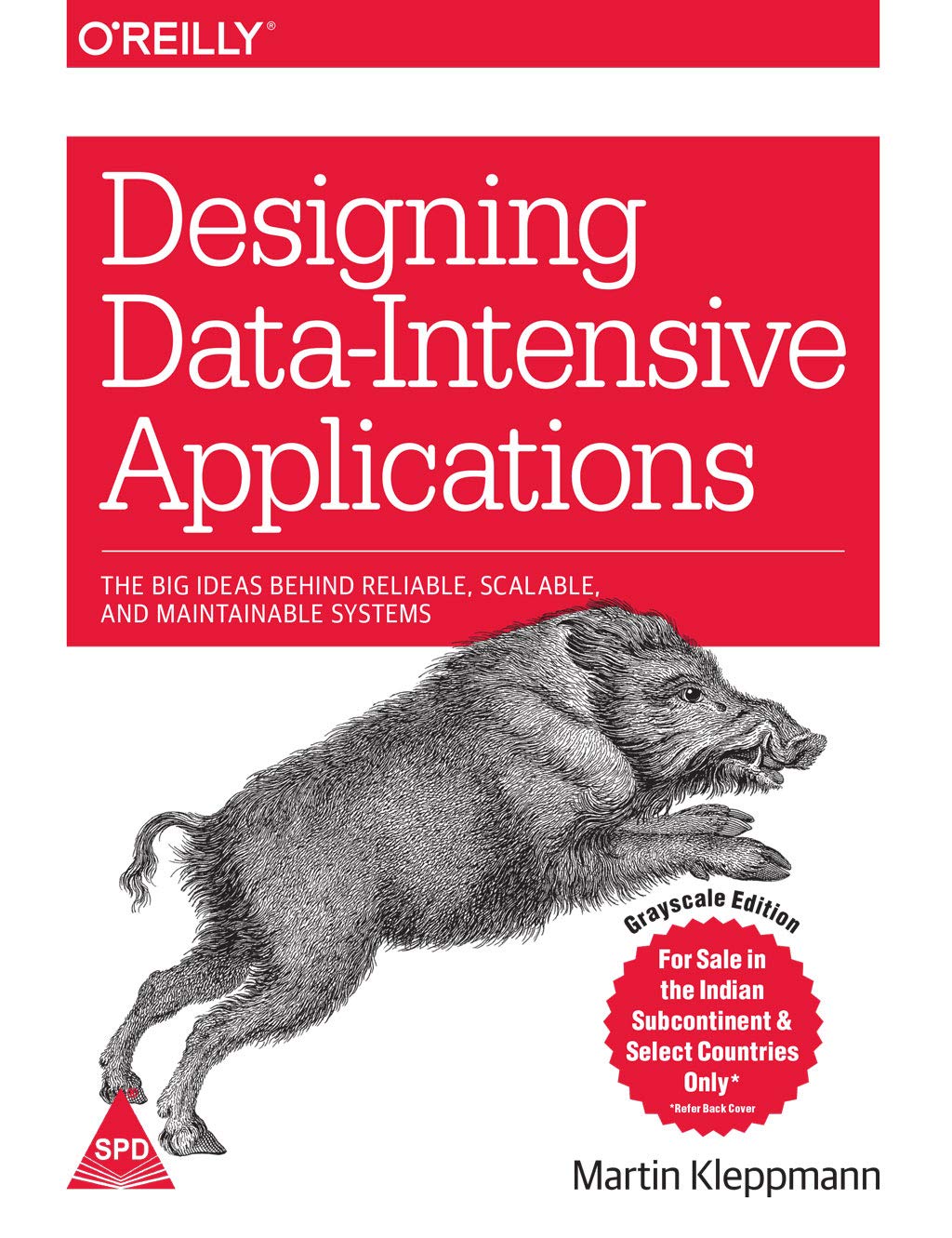


Advanced Level
Exploring Real-World Implementations
Now you’re moving from learning how things work to how to optimize them in real-world environments. You’ll explore topics like microservices, resilient architecture, and site reliability engineering (SRE). This is where you stop being a follower and start leading cloud projects.
Top 3 Advanced Books
“Cloud Native Patterns” by Cornelia Davis
This book helps you master microservice architecture in a cloud-native environment. It covers design patterns that make applications scalable, resilient, and manageable, especially when running on platforms like Kubernetes or Docker.
Best For: Developers and architects who are creating next-gen cloud applications.
“Site Reliability Engineering” by Google Engineers
Written by Google’s actual SRE team, this book is a technical manifesto. It discusses how to build and operate reliable systems at scale, using principles like error budgets, monitoring, and incident response. It’s a cloud ops Bible.
Best For: Ops engineers and SREs responsible for maintaining system uptime and performance.
Kubernetes Up & Running
Authored by two of Kubernetes’ original creators, this book offers deep insights into deploying, managing, and scaling apps using Kubernetes. It’s a practical manual with real-world examples and best practices.
Best For: DevOps teams, platform engineers, and anyone tasked with container orchestration.

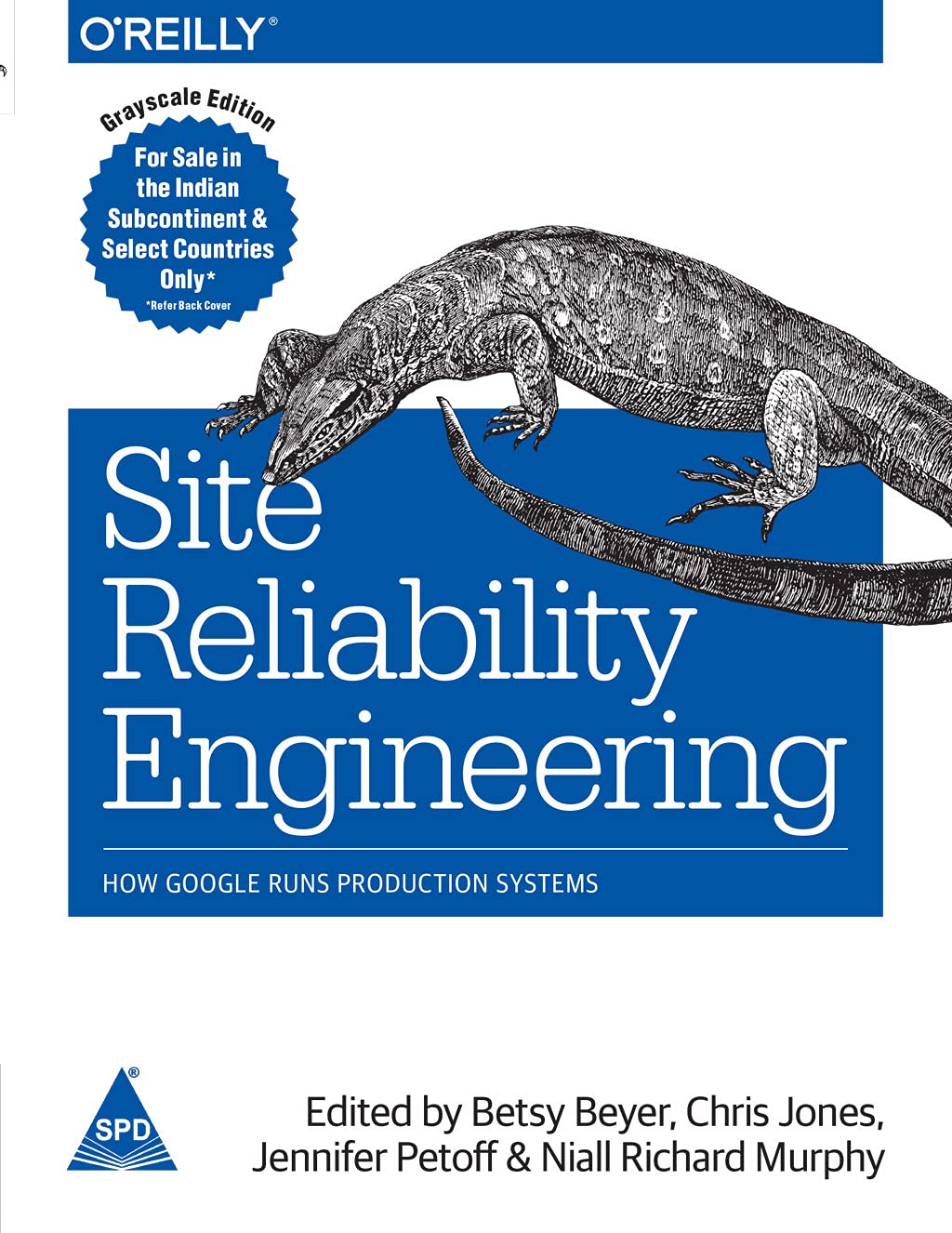
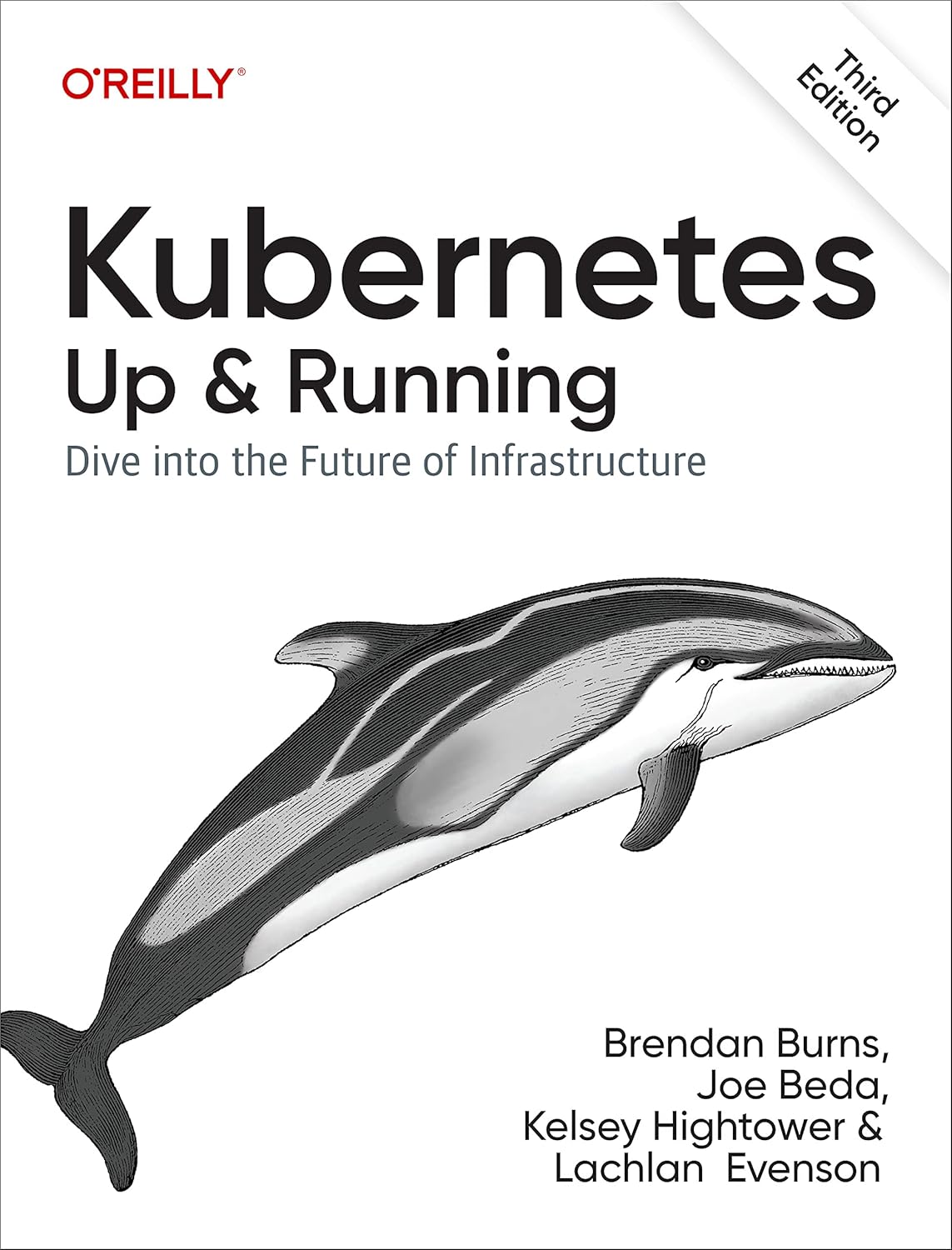
Expert Level
Mastering the Cloud Ecosystem
This is the top tier, where cloud leaders live. If you’re at this level, you’re not just solving problems—you’re predicting them. You’ll delve into topics like cloud security, real-time streaming data, and enterprise-level scalability. These books are for those looking to architect massive cloud systems or consult for Fortune 500 companies.
Top 3 Expert Books
“Cloud Security and Privacy” by Tim Mather
Security is non-negotiable in cloud environments. This book gives a deep dive into risk management, compliance, governance, and encryption. It teaches you how to secure your cloud environments from both external and internal threats.
Best For: CISOs, security analysts, and compliance officers who handle cloud governance.
“Streaming Systems” by Tyler Akidau et al.
Cloud computing increasingly relies on real-time analytics, and this book covers how to design systems that handle continuous data streams. You’ll learn about tools like Apache Beam, Kafka, and Flink.
Best For: Data engineers and architects designing low-latency, high-throughput pipelines.
“The Art of Scalability” by Martin L. Abbott & Michael T. Fisher
Scalability isn’t just about adding servers—it’s about building systems that grow with demand. This book teaches organizational and technical strategies for creating scalable systems. It’s as much about people and processes as it is about code.
Best For: CTOs, cloud architects, and scaling consultants planning enterprise-grade systems.
Each level helps you build upon the last—like rungs on a ladder—until you’ve reached a point where you can confidently build, manage, and secure cloud systems of any scale. Whether you’re starting your journey or are already a cloud warrior, these books are your toolkit.


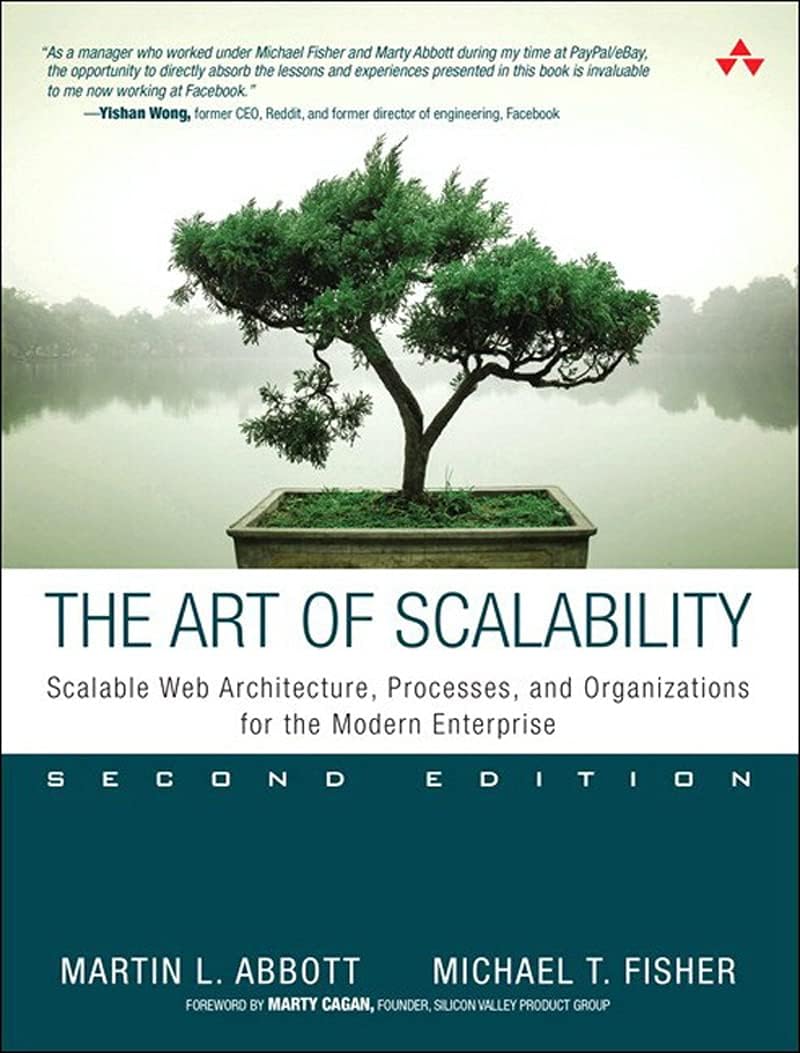
Specialization Level
Once you’ve mastered the core concepts, tools, and architectures of cloud computing, it’s time to dive into specialized areas. This level is perfect for professionals who are looking to sharpen their expertise in a niche domain—be it AI, finance, operations, or architecture across multiple cloud providers.
Top 3 Specialization Books
Machine Learning in the AWS Cloud
This book is a must for data scientists, ML engineers, or anyone interested in leveraging Amazon Web Services for scalable machine learning. It explains how to use SageMaker, Lambda, and other AWS services to build and deploy ML models efficiently.
Why it’s special: It bridges the gap between ML theory and real-world cloud-based implementation. If you want to put machine learning into production, this is your blueprint.
“Cloud FinOps” by J.R. Storment & Mike Fuller
FinOps is the combination of financial management and cloud operations. This book introduces the principles and frameworks you need to implement FinOps in your organization to optimize cloud spending.
Why it’s special: It’s a game-changer for DevOps pros, finance teams, and IT leads who want to stop the “cloud cost creep.” You’ll learn how to gain visibility, predictability, and control over cloud usage and costs.
Jeroen Mulder “Multicloud Strategy for Cloud Architects”
Managing multiple cloud platforms like AWS, Azure, and GCP is complex, but necessary for resilience and flexibility. This book helps you architect smart multicloud systems, focusing on interoperability, cost management, and redundancy.
Why it’s special: It provides expert strategies for avoiding vendor lock-in and maximizing the strengths of each provider. It’s ideal for senior architects or those working in enterprise environments.
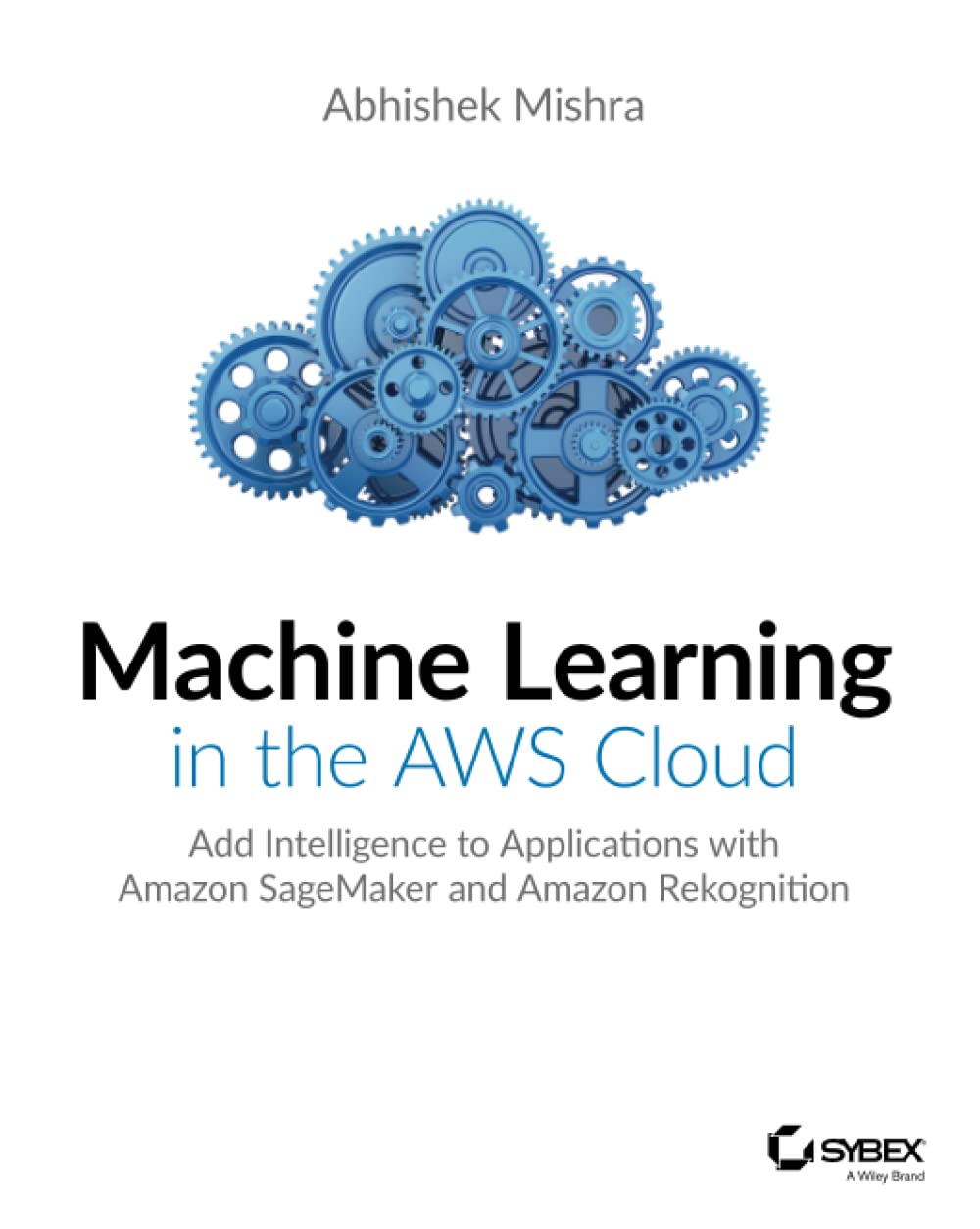
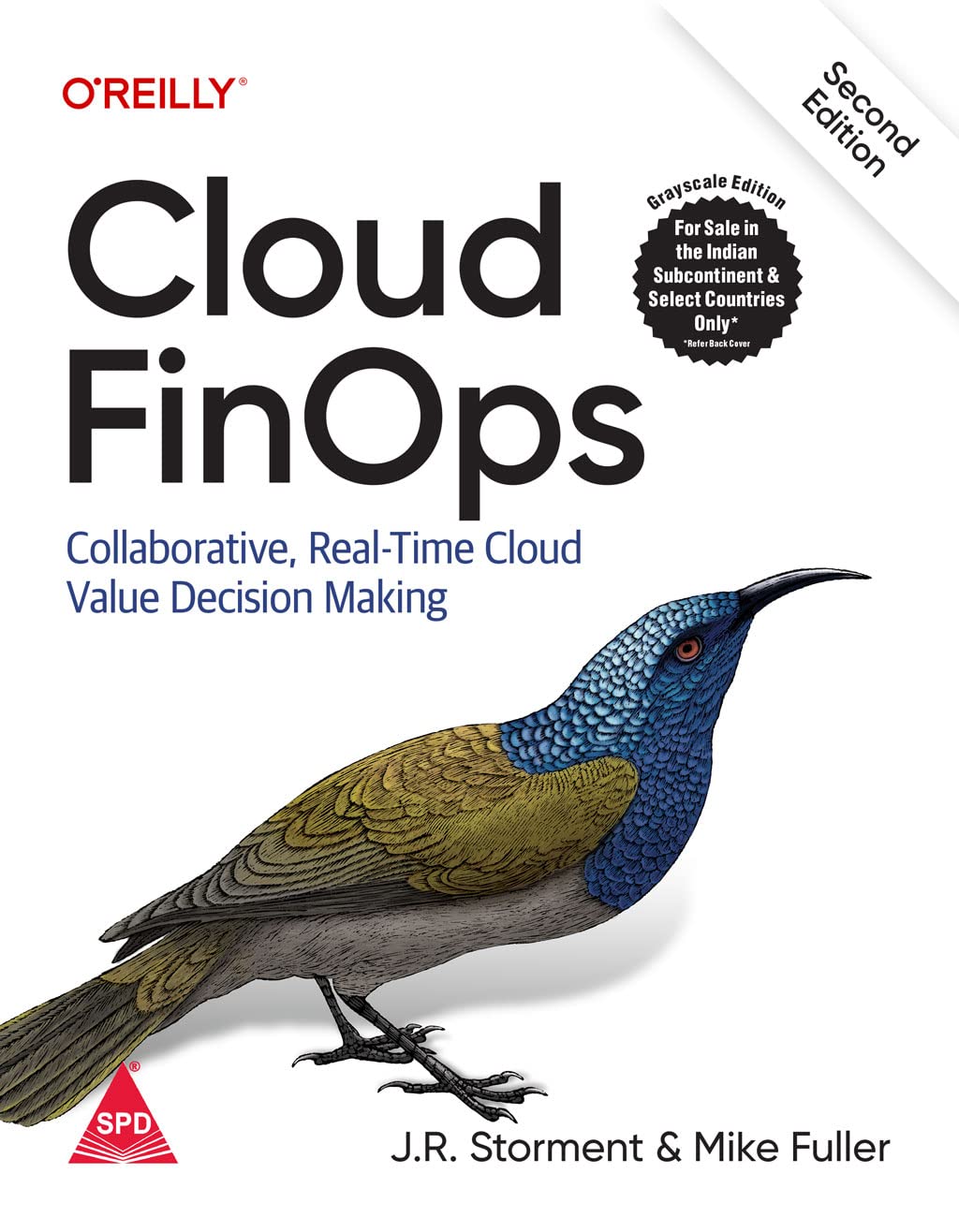
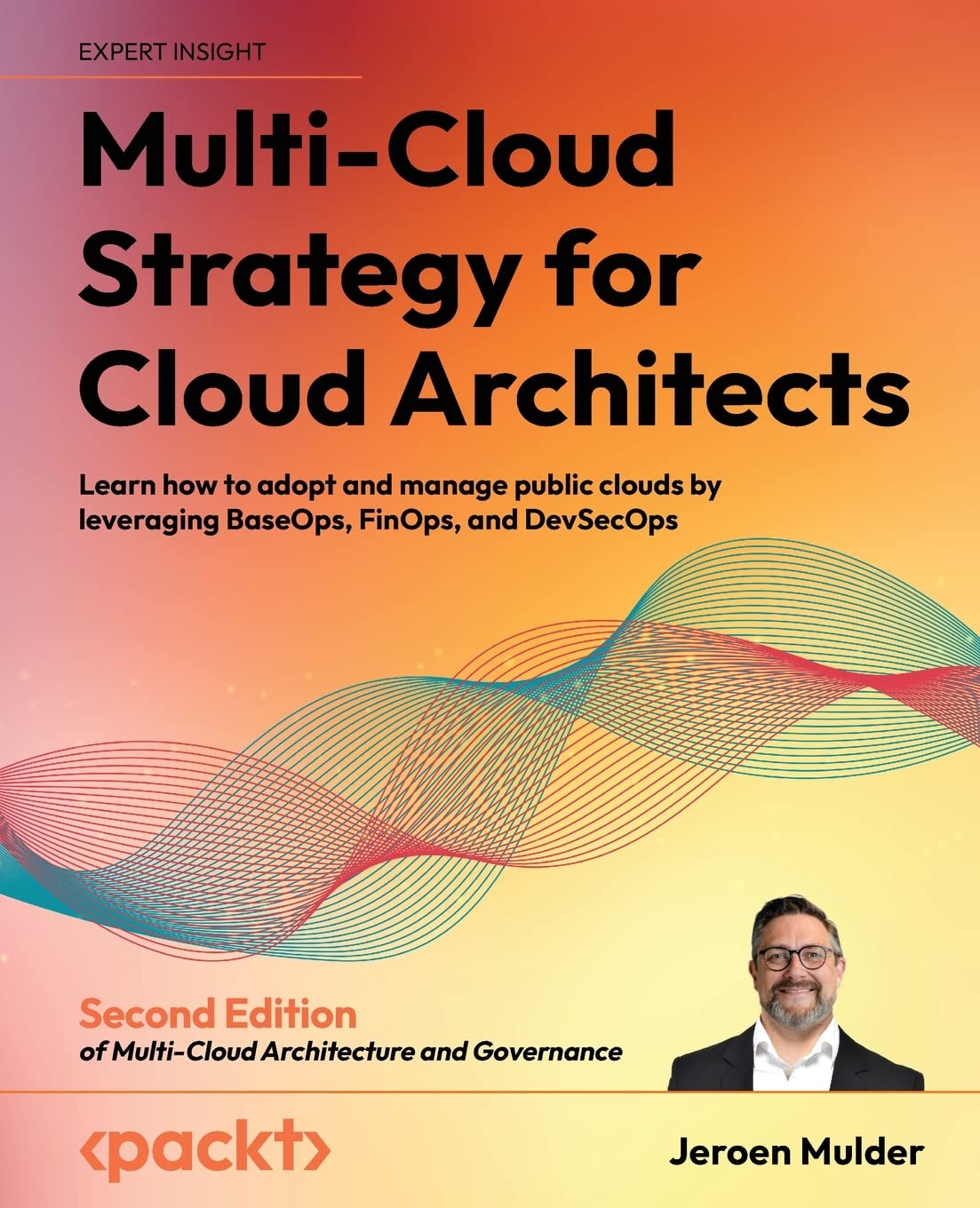
📚 Tips for Getting the Most Out of These Books
Reading these books is a great start, but how you read and what you do with the knowledge makes all the difference. Here’s how to level up your learning:
1. Match the Book to Your Level: Don’t just jump into expert-level content. Assess where you are right now and choose books that challenge you but don’t overwhelm. Reading out of your depth can burn you out fast.
2. Pair Theory with Practice: Sign up for free cloud labs, try out the tools, and build small projects as you go. Treat the book like a manual, not just a novel.
3. Set Reading Goals: Make a schedule. Consistency beats intensity—don’t binge and burn out.
4. Take Notes and Summarize: Jot down notes, underline key points, and rewrite concepts in your own words. Teaching someone else (even if it’s your dog) can help reinforce your understanding.
5. Discuss and Apply: Join a study group, a LinkedIn community, or a Reddit thread. Discussion helps you see different perspectives and uncover blind spots in your thinking.
🎯 Conclusion
The cloud isn’t just the future—it’s right now. Whether you’re just starting or you’re a seasoned professional, building a solid cloud library is one of the smartest investments you can make in your career.
From foundational concepts to niche specializations, the 18 books we’ve covered offer a complete roadmap to mastering cloud computing. Start small, build strong, and never stop learning. Technology is moving fast, but with the right book in your hands, you’ll always be one step ahead.
FAQs
Which book is best for absolute beginners?
For someone brand new to cloud computing, I recommend starting with “Cloud Computing: Concepts, Technology & Architecture” by Thomas Erl. It’s widely considered the go-to beginner book because it breaks down complex topics into simple, digestible concepts. The book starts from the ground up, explaining what cloud computing is, the different service models (IaaS, PaaS, SaaS), and how they all work together. The visuals, real-world analogies, and practical examples make it super beginner-friendly. It’s like the “Cloud Computing for Dummies”—but far more detailed and structured.
What’s the best book for cloud security?
Cloud security is a massive topic, and if you’re aiming to secure your cloud environment, you can’t go wrong with “Cloud Security and Privacy” by Tim Mather. This book dives into the security and compliance issues that come with using public and private clouds. It covers encryption, identity management, regulatory compliance (like GDPR), and how to safely manage data in the cloud. What makes it especially valuable is that it’s vendor-neutral, giving you a big-picture view of cloud security across platforms like AWS, Azure, and Google Cloud.
Are these books suitable for self-study?
Absolutely! All the books listed in this article are handpicked with self-learners in mind. Whether you’re an IT student, a career switcher, or someone brushing up on skills, these books are structured to guide you step by step. They often include exercises, case studies, and hands-on examples. For example:
- “Cloud Native DevOps with Kubernetes” provides code snippets and real-world deployment examples.
- “Cloud FinOps” offers practical templates for managing cloud financials.
Pro tip: Pair your reading with hands-on practice using free cloud tier accounts (like AWS Free Tier or Google Cloud Free Tier) to make the knowledge stick.
How often should cloud professionals read new books?
The cloud ecosystem evolves fast. Services get updated, pricing changes, new tools emerge—it’s like trying to read a book while someone’s still writing it! A good rule of thumb is to read at least one comprehensive book per year and supplement it with articles, certifications, or short eBooks quarterly. For example, once you’ve mastered the basics through foundational books, move on to specialized texts like “Streaming Systems” or “Multicloud Strategy for Cloud Architects” to stay ahead.
Staying up to date isn’t just about knowing the latest tool—it’s about understanding shifts in architecture, DevOps trends, and even legal compliance changes.
Is it better to read or take a course on cloud computing?
Both reading and taking a course serve different (but complementary) purposes. Books allow for deeper understanding, better context, and slower, more intentional learning. Courses (especially video-based ones) are great for fast-tracking practical skills and following hands-on tutorials.
Here’s how to blend the two effectively:
- Start with a book to understand the “why” behind cloud concepts.
- Then take a course to practice the “how”. For example, read “Architecting the Cloud” to grasp cloud infrastructure patterns, then take a Udemy or Coursera course to practice building those patterns on AWS or Azure.
Think of books as the blueprint and courses as the hands-on construction.








